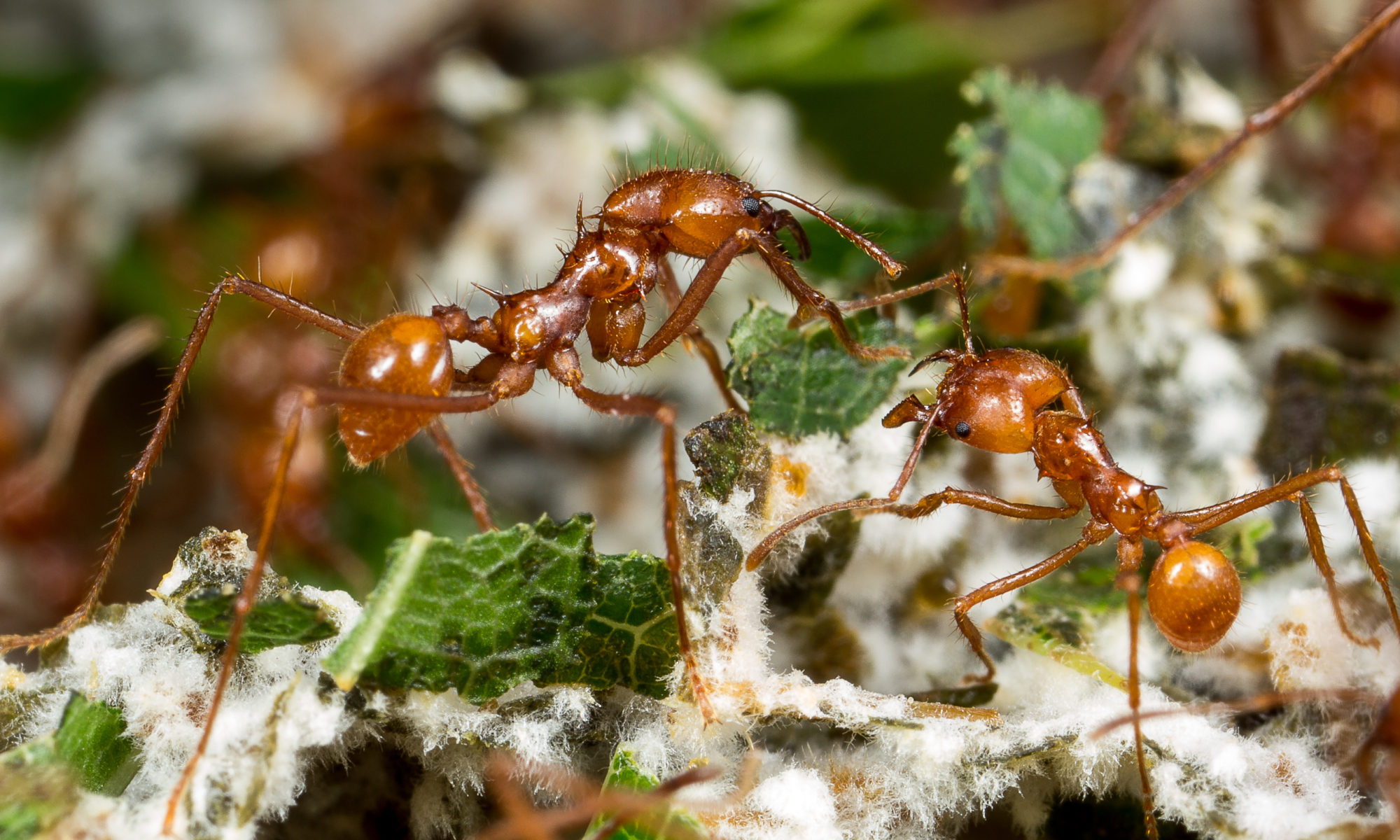Slavery is one of those things that most, if not all, people look down on. Despite having such a negative light, it does increase productivity. People would capture slaves from neighboring/opposing factions and use them to perform the hardest labors, like farming and building. Societies where slavery was common, such as Ancient Egypt and many European countries became so reliant on slavery that the loss of slaves was actually detrimental to their society. Ants are no strangers to slavery either.
In some species, raiding is done quite commonly, where ants kill off rival colonies and take the larva for their own colony. However, there are a few species that take this step even further, but attacking ants of different species and bringing back the brood, dispute being different. The brood hatch and grow up believing that the colony they grew up in is their own, even helping its captors with future raids. It is a slave in a parasitic colony of ants. There are even parasitic ants that enslave adult ants of its hosts.
However, things aren’t all that bad. In some cases, slave-ants rebel and kill a lot of the parasitic ant larvae. This not only lowers that number of slave-makers but also saves the colonies from which they were taken.
